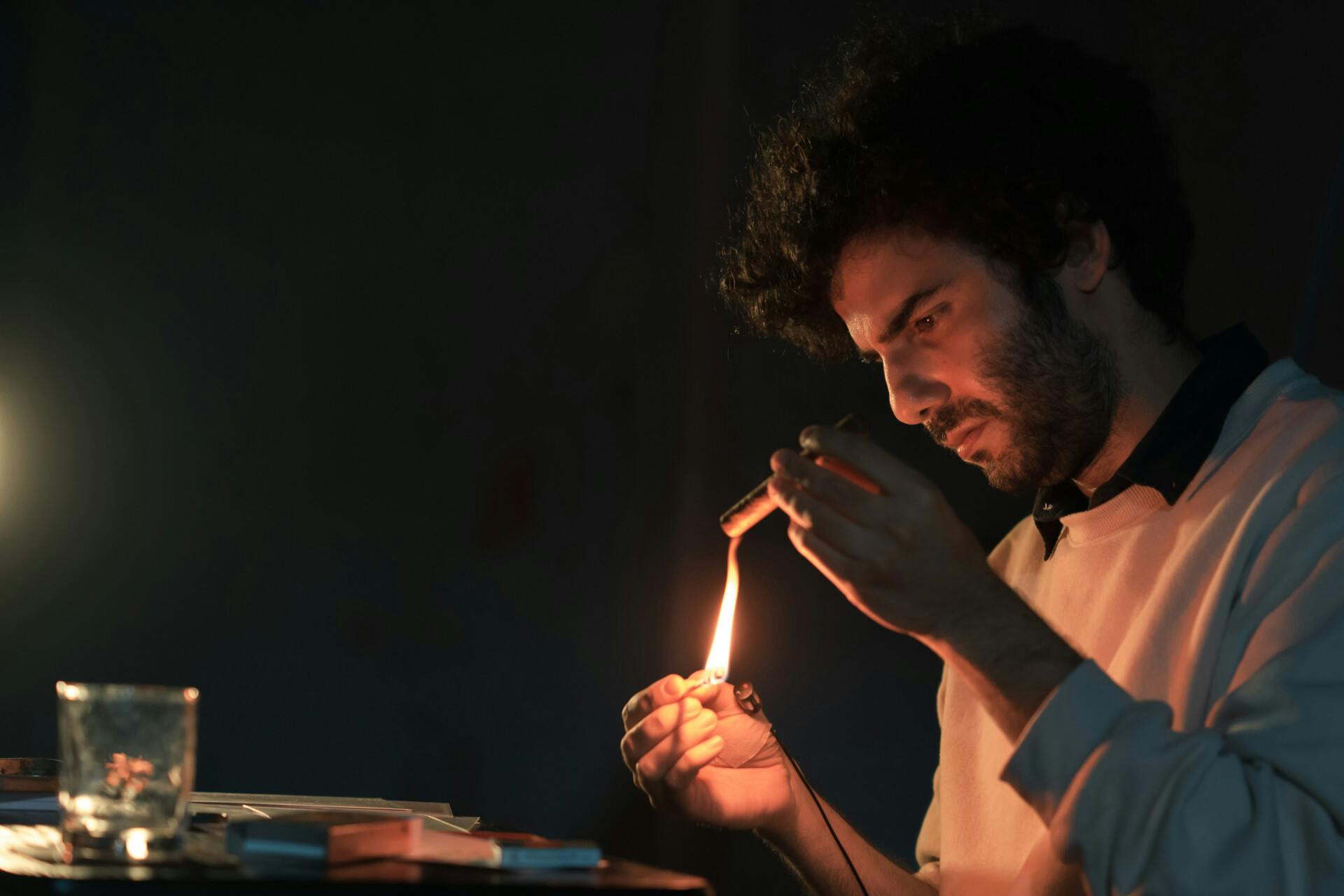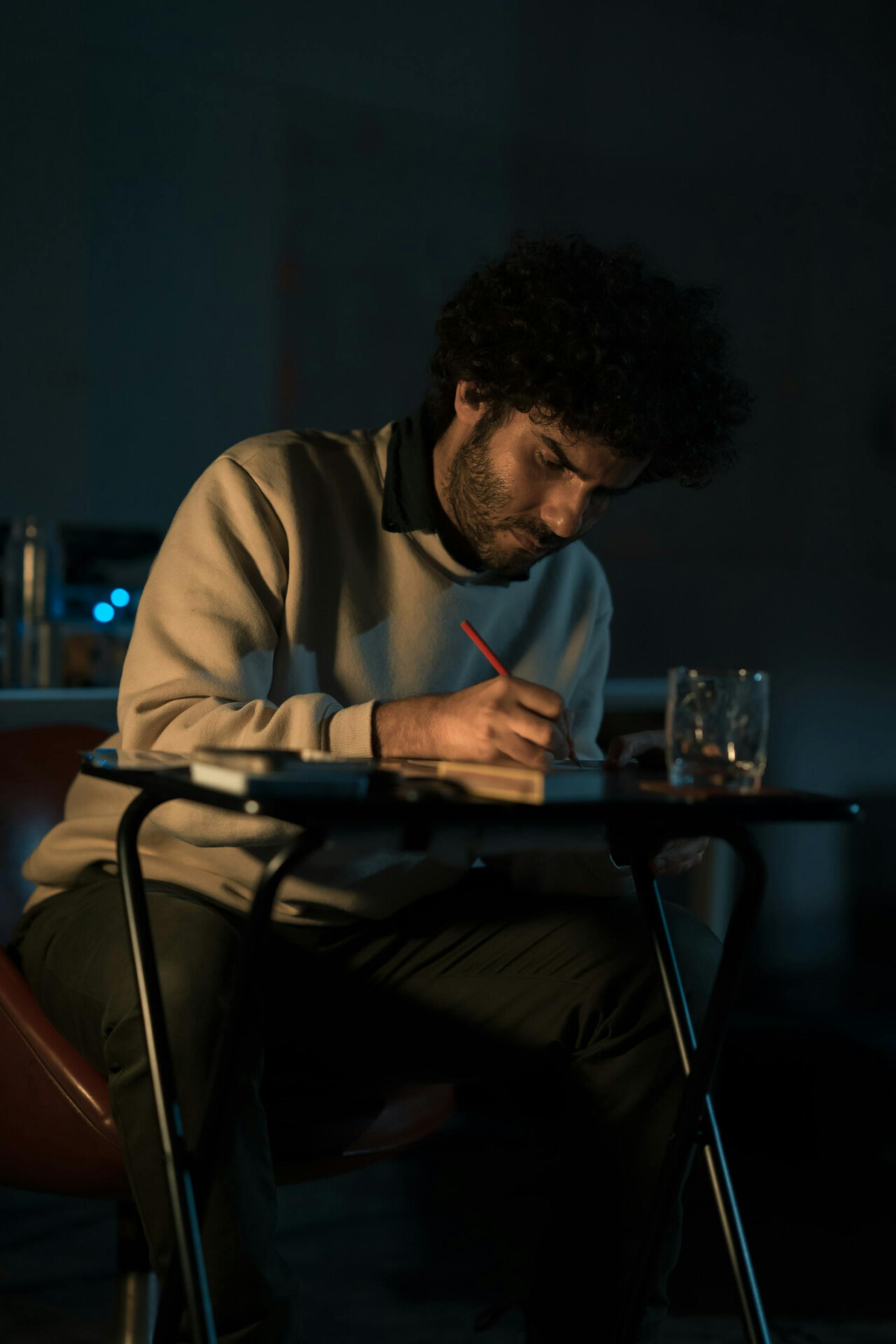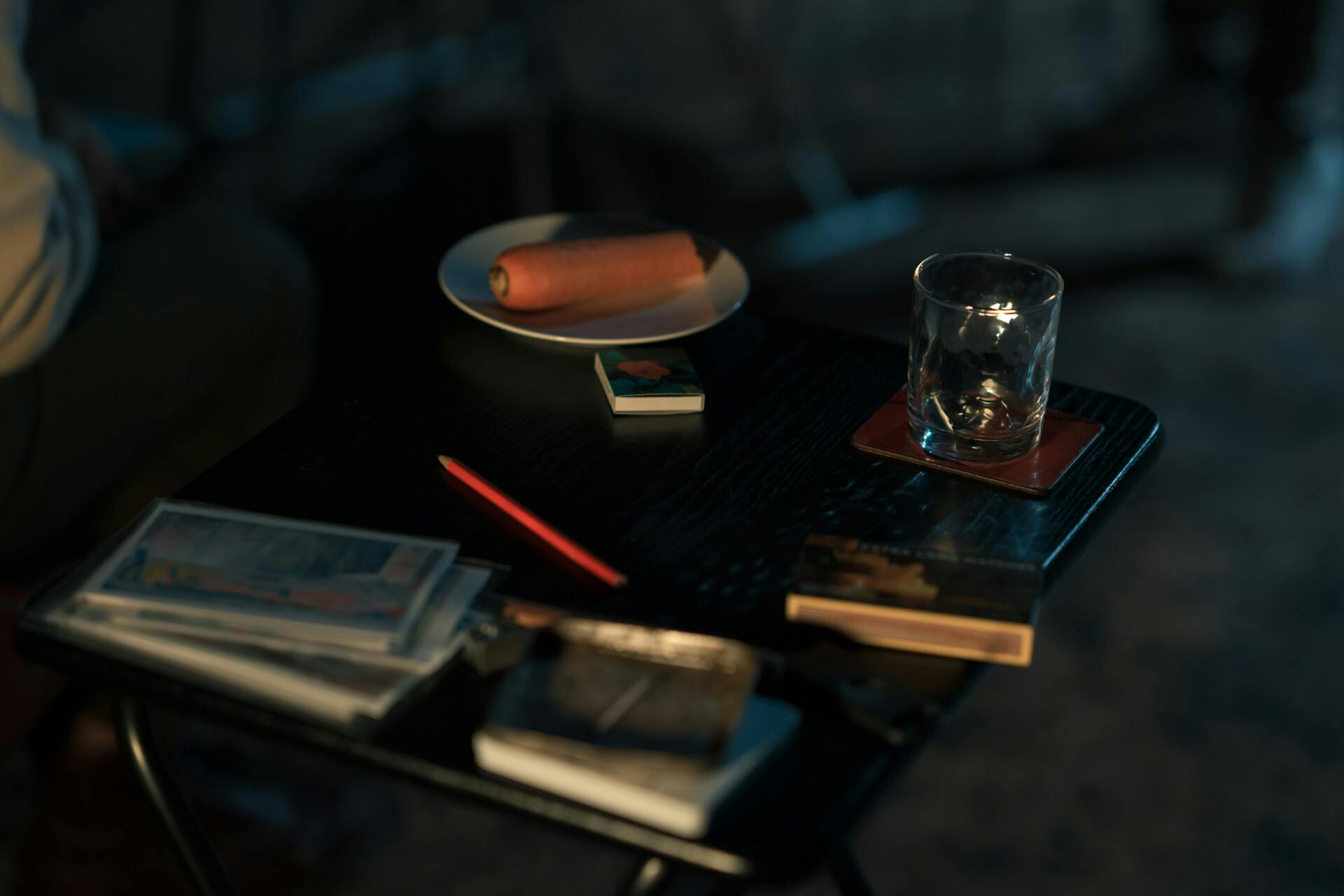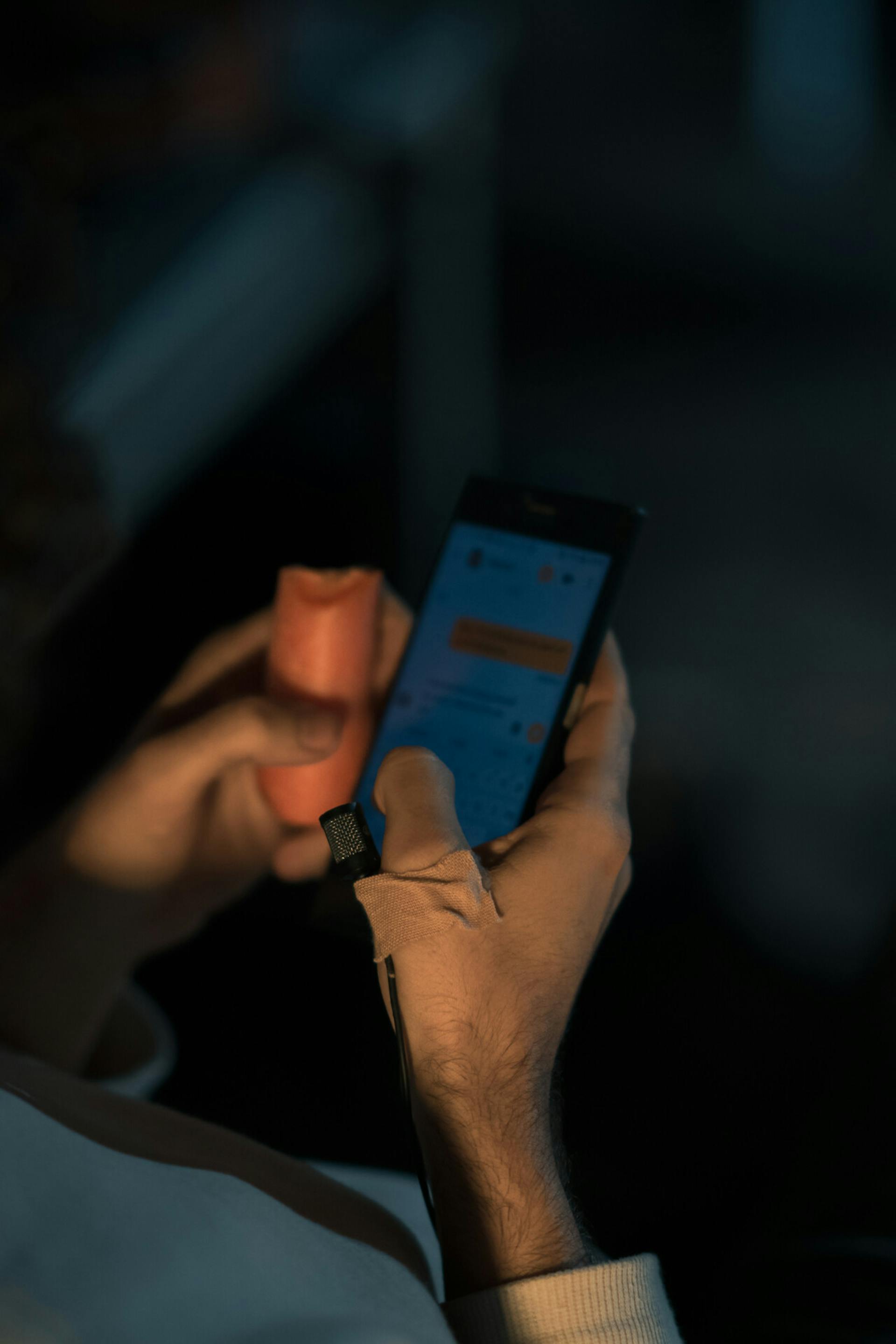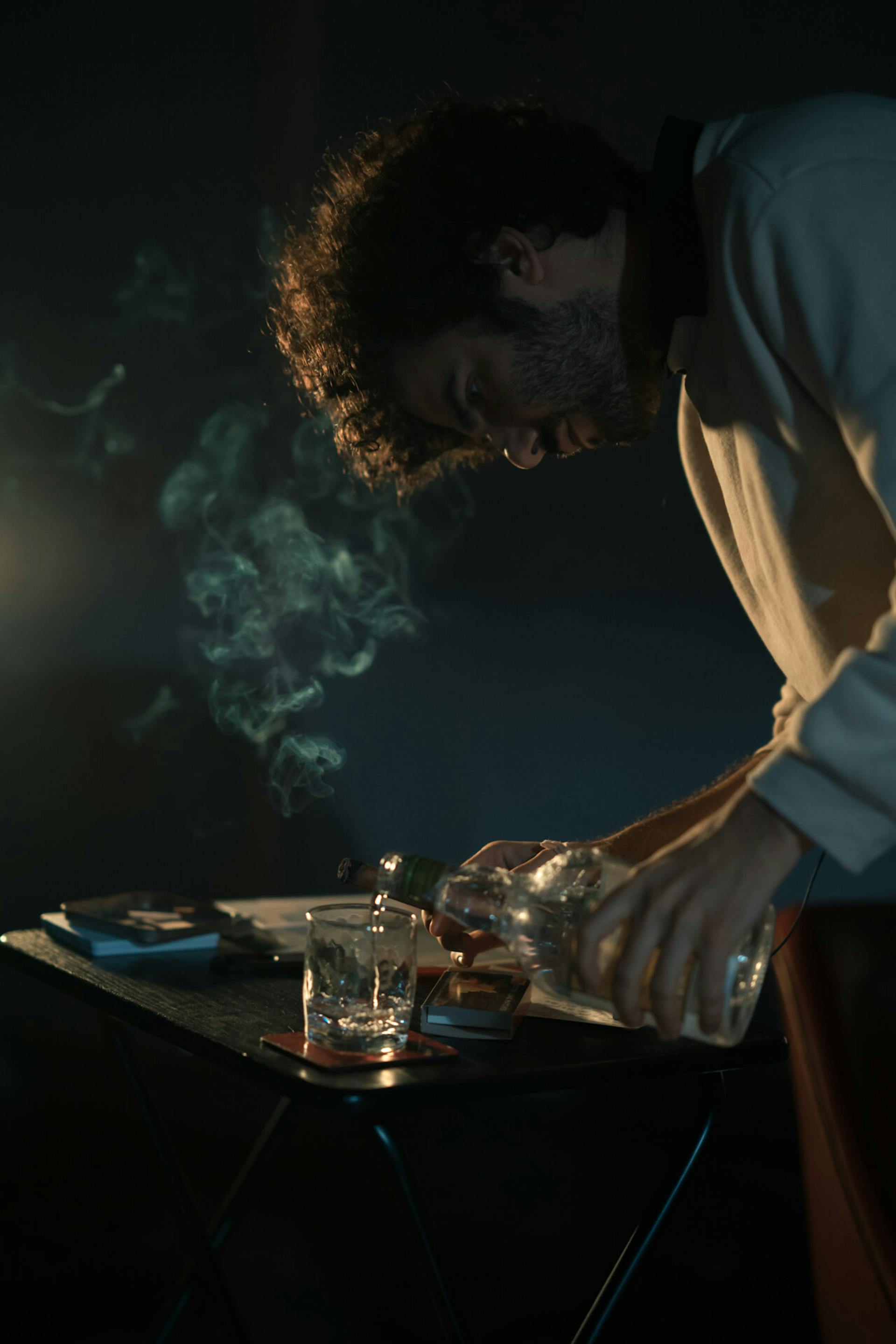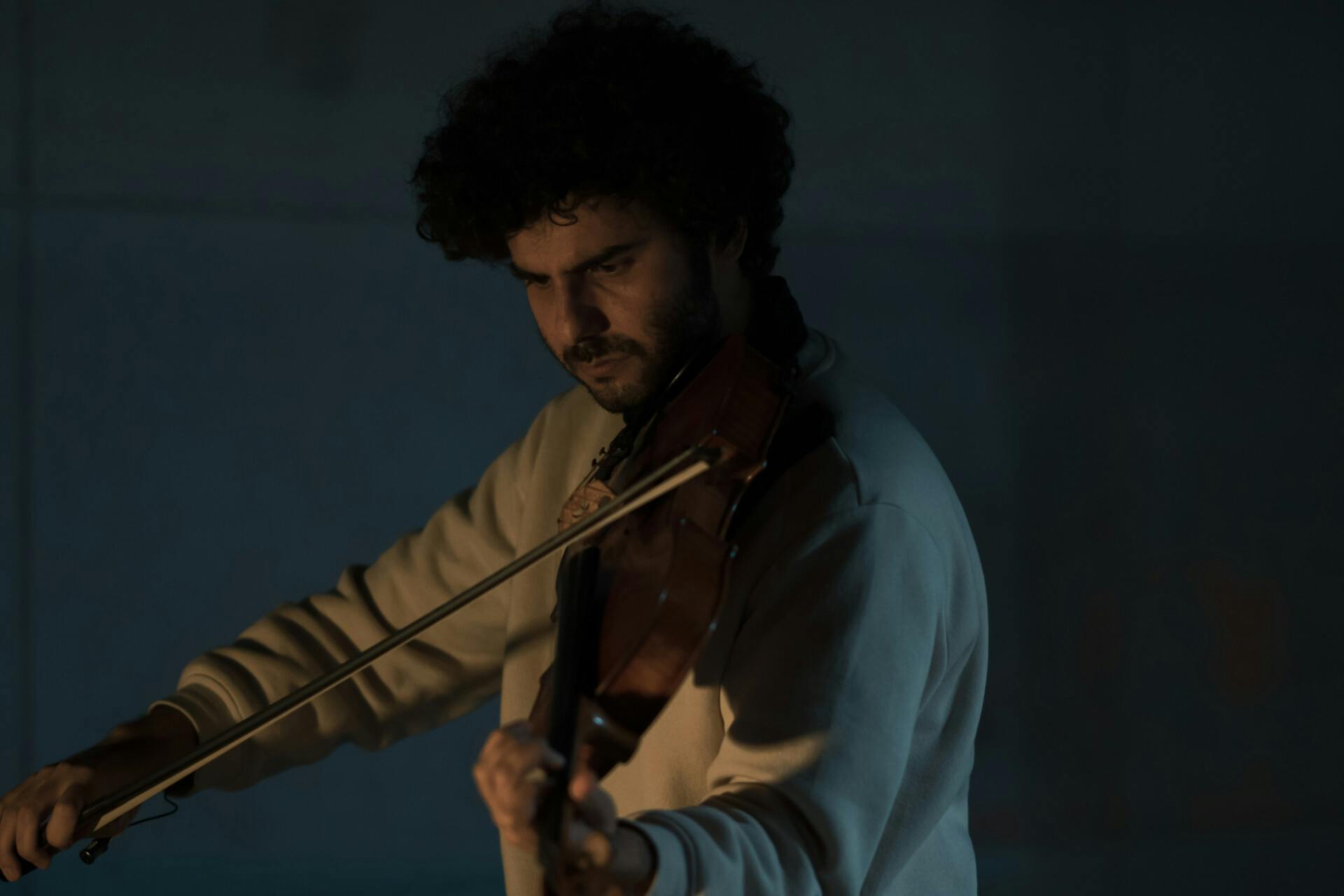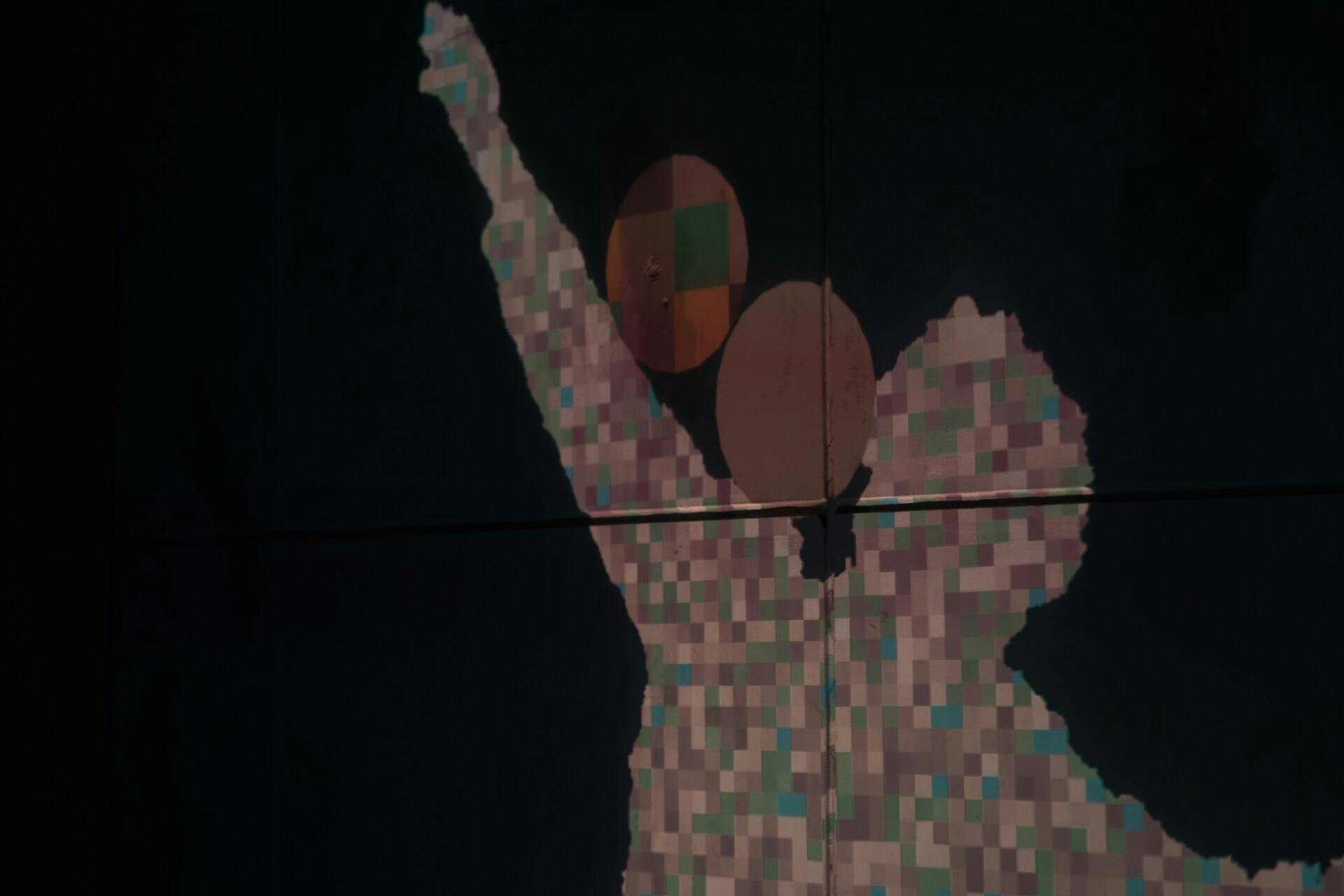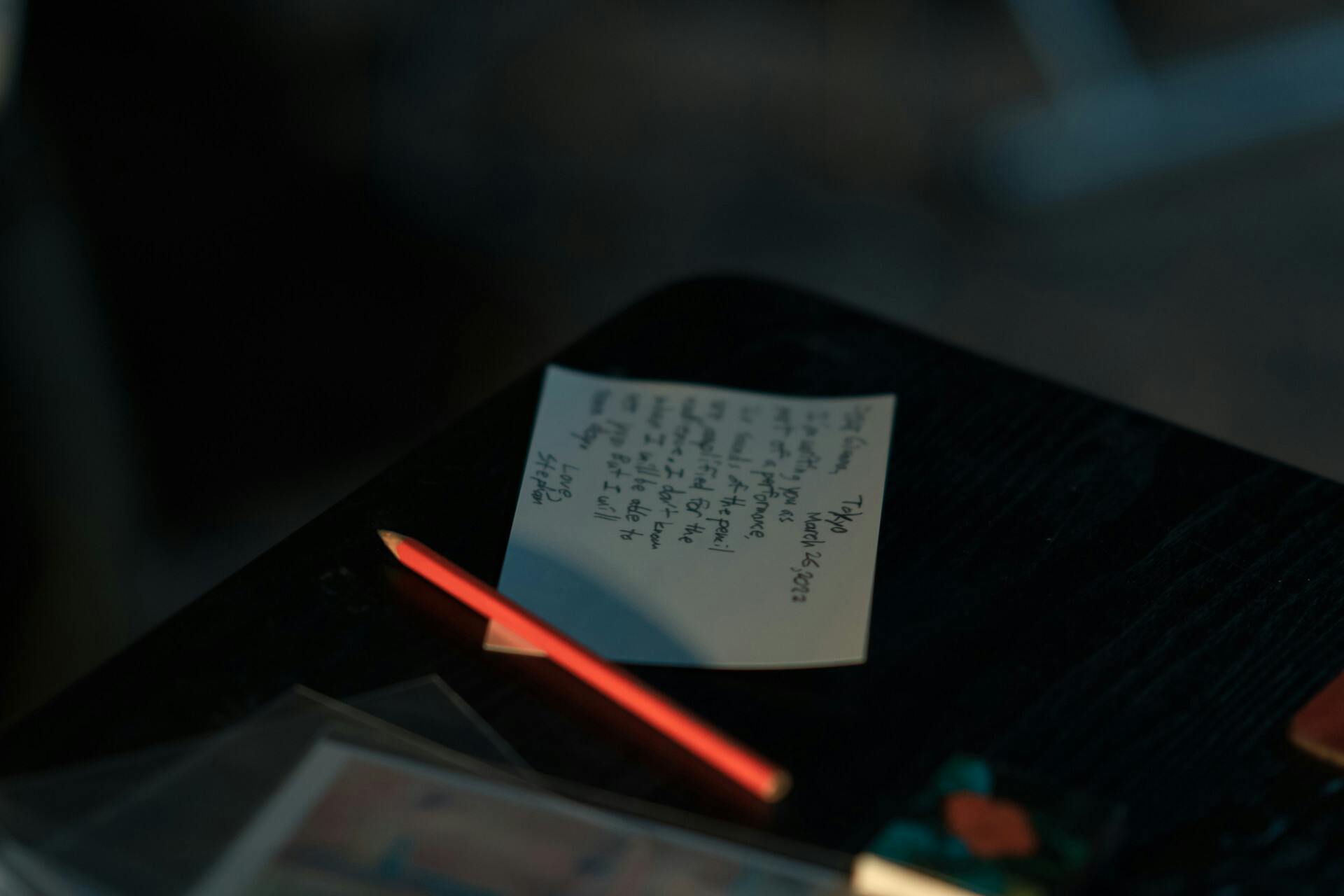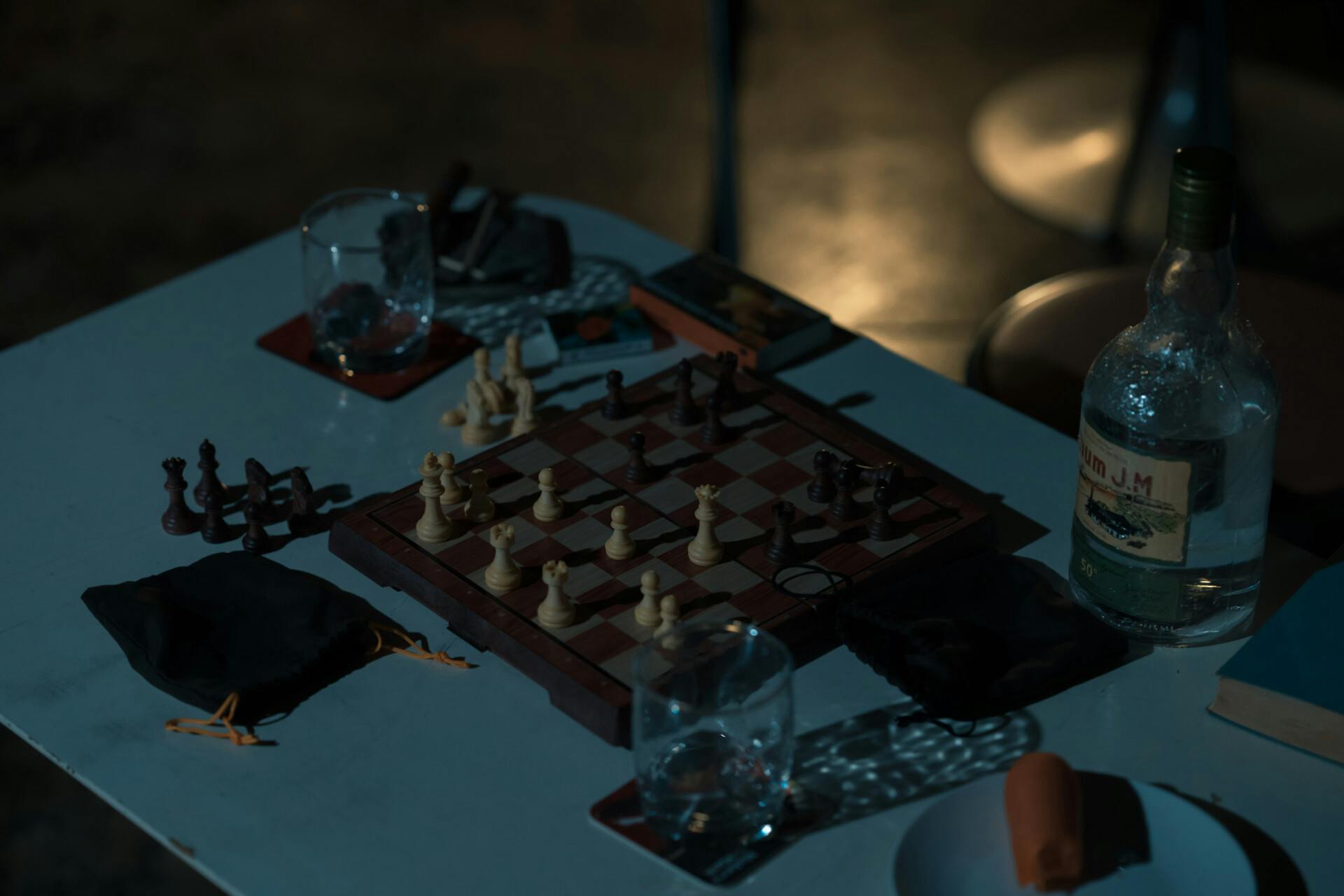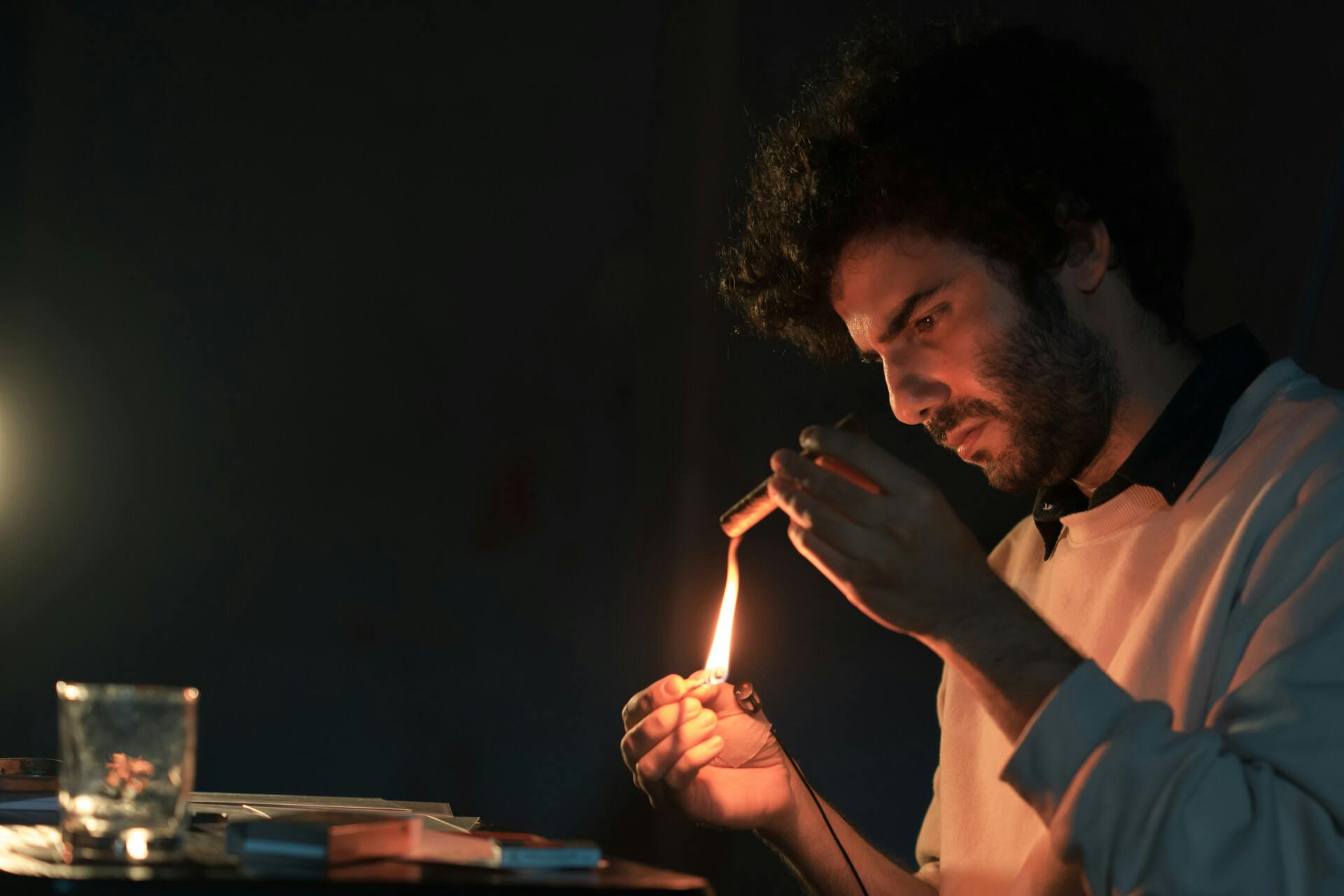「GEOMETRY」by stephan e perez, 2022.03.26
The clock doesn't always tell the same time. The dining room table in the dining room does. We're not idiots. Just as, answered, the telephone presents an unexpected though often recognized voice so a table should speak, provoking, if not surprising, at least a variety of responses. Eating is only one. The dining room table will not do. It is taken apart, stored, then sent to the south. Another, a loan not a possession, but having a history of many uses, is brought in. That it is round is its concern. It might have been square or rectangular. Its surface, however, stimulates the tendency to do something, in this case a process of bleaching and staining. And the chairs around it: the removal of varnish and the application of paint. The result is nothing special. It looks as though something had been tried and had been found to work: to have many uses, not focussing attention but letting attention focus itself.
-John Cage, JASPER JOHNS: STORIES AND IDEAS
Performance Instructions:
- Prepare a variety of everyday activities that you might carry out in your living room, corresponding to action words displayed by the program.
- Attach a microphone to your hand. This will amplify the sounds of your actions and record them.
- Start the program. The amount of sections will be determined at random.
- Each section has an action word and a timer- both randomized. Carry out the action during the given time.
- Between each section is an interlude, during which sounds from previous sections are looped and layered on each other. Use this time to transition into new activities as needed.
- At the end, the layered, looped sounds of all the actions will play for a long time before gradually deteriorating. Leave the stage during this time.
- Carry out all of the actions as naturally as possible.
This work is a contradiction. It is impossible, under these circumstances, to be truly natural. But the performer tries...
He's aware of the mic and what sounds it will pick up- he'd like to pick up them up cleanly and with enough volume, but doesn't want to use his hands too unnaturally.
He wants to carry out the instructed action, but maybe he's not quite done with the previous action. So he does both simultaneously, like we multi-task in our daily lives. But the combination of actions may be strange.
At the end, he tries to leave the stage nonchalantly, but the event organizer insists he say “Thank you very much” to the audience.
copyright © march 2022 stephan e perez, all rights reserved
